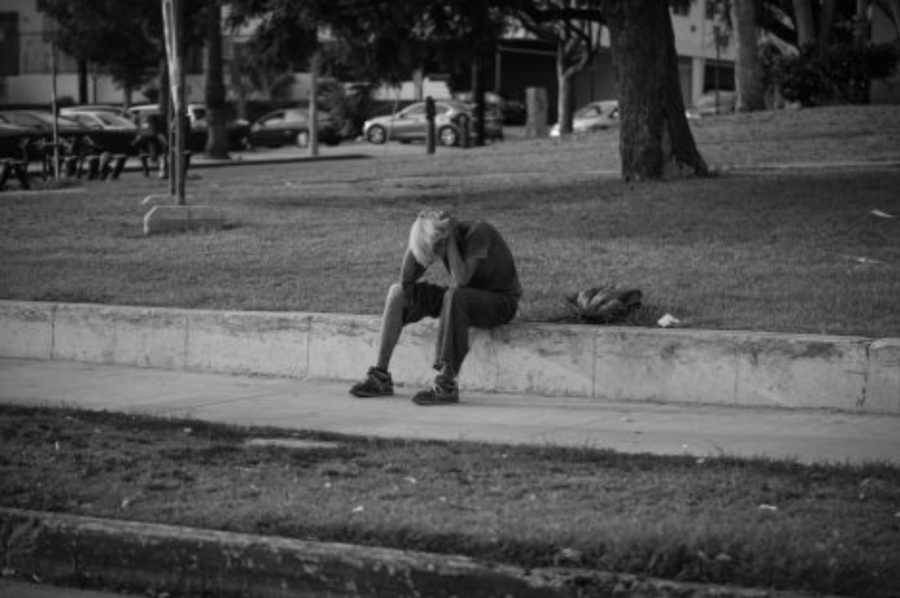National Youth Homelessness Month – Let’s Talk About It
Sparking awareness for the Homelessness epidemic and the resources available to the public
December 29, 2022
November is an eventful month, including the general election, Thanksgiving celebrations, Diwali, daylight savings, Veterans Day, and the first Sunday of advent. But it also marks the beginning of National Homeless Youth Awareness Month. Many people may not be aware of this, and although November is over, it is important to bring light to the topic.
Based on a national survey, around 1.6 to 2.1 million youth ages 12-24 are homeless over the course of a year. Some main causes include family conflict or breakdown, neglect, alcohol or drug addiction of a family member, pregnancy, and rejection over sexual orientation. In addition, about 20% of youth in foster care, juvenile justice, and mental health systems eventually become homeless. The dangers of homelessness are simply magnified by the vulnerability of young age (California’s Homeless Youth, n.d.).
On a local level, San Francisco benefits from several agencies dedicated to serving unaccompanied youth experiencing homelessness. Despite eligibility for assistance, the perception of the service system is extremely crucial. Those who believe help isn’t out there are inevitably less likely to seek it out. About 27% of youth experiencing homelessness that were surveyed by San Francisco in March 2022 reported that they did not know where to go for help, and 21% did not qualify for the services they wanted (San Francisco Youth Count, 2022).
The youth homelessness problem is rooted in systemic oppression, lack of educational and housing opportunities, high housing costs, children born into generational poverty or unstable households, and more. In order to aid this national crisis, the United States government must prioritize re-structuring the systems in place that disproportionately affect underserved youth. Examples include the foster care system, the criminal justice system, and the healthcare system.
Until these issues are addressed, upwards of a million youth will continue to face homelessness yearly. Considering the lifelong effects of youth homelessness, the time to take action is now. Considering the current global political chaos, it may seem overwhelming to know how to address this issue. Youth homelessness cannot be entirely solved until the United States Government steps up and takes action in order to protect its children. But believe it or not, individual citizens are able to help by simply caring. Reading this article and educating yourself is a crucial first step. Next, individual impact can be caused through increasing awareness and funding to local resources such as shelters, grocery programs, and youth homelessness alliances.
Some programs that are worthwhile to support are San Francisco’s Homeless Youth Alliance at https://www.homelessyouthalliance.org/, Larkin Street Youth Services at https://larkinstreetyouth.org/, the Oakland Elizabeth House at https://www.oakehouse.org/, the Covenant House at https://covenanthousecalifornia.org/, and so many more resources reachable through a simple google search. I encourage you to donate or share the links with your friends and family as a way of recognizing National Homeless Youth Awareness Month.


